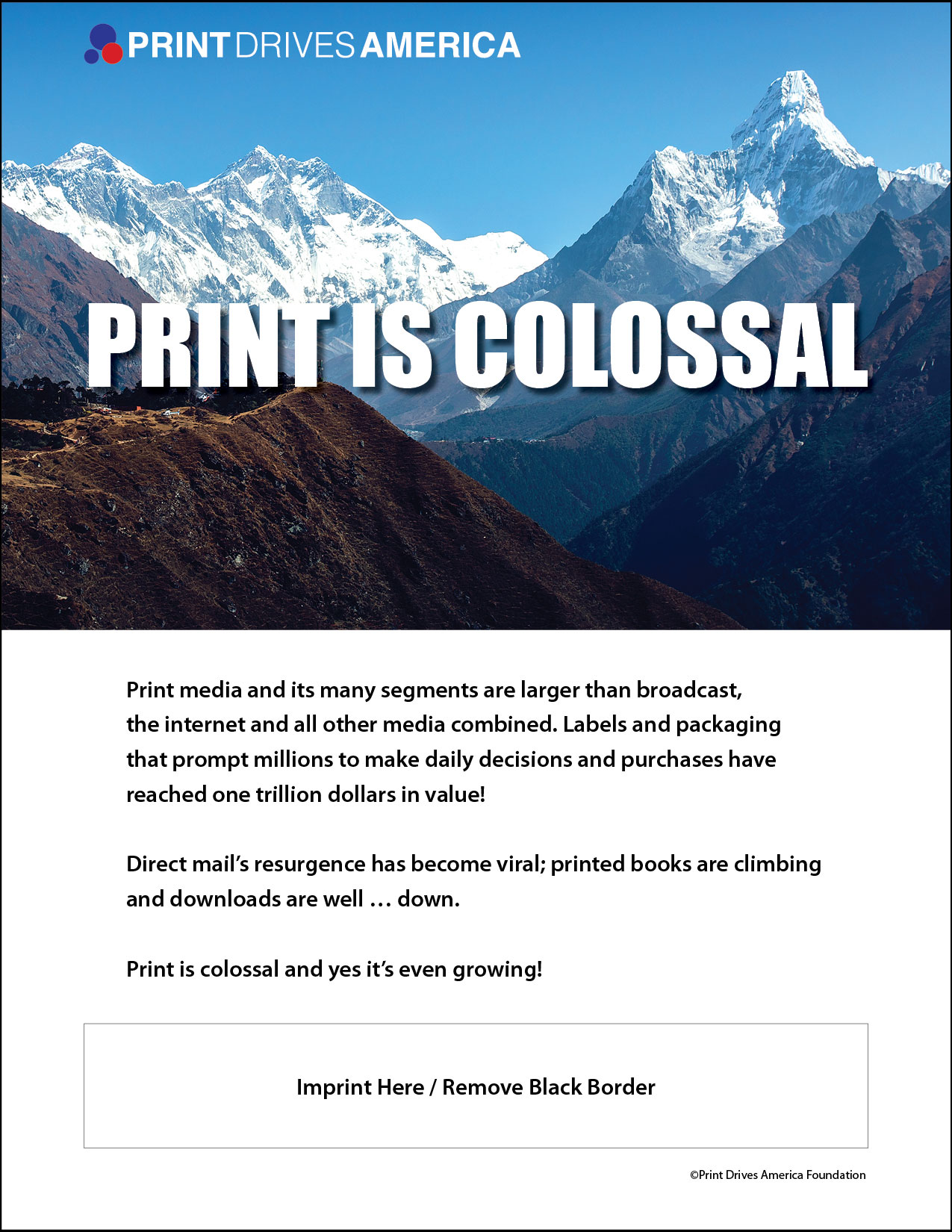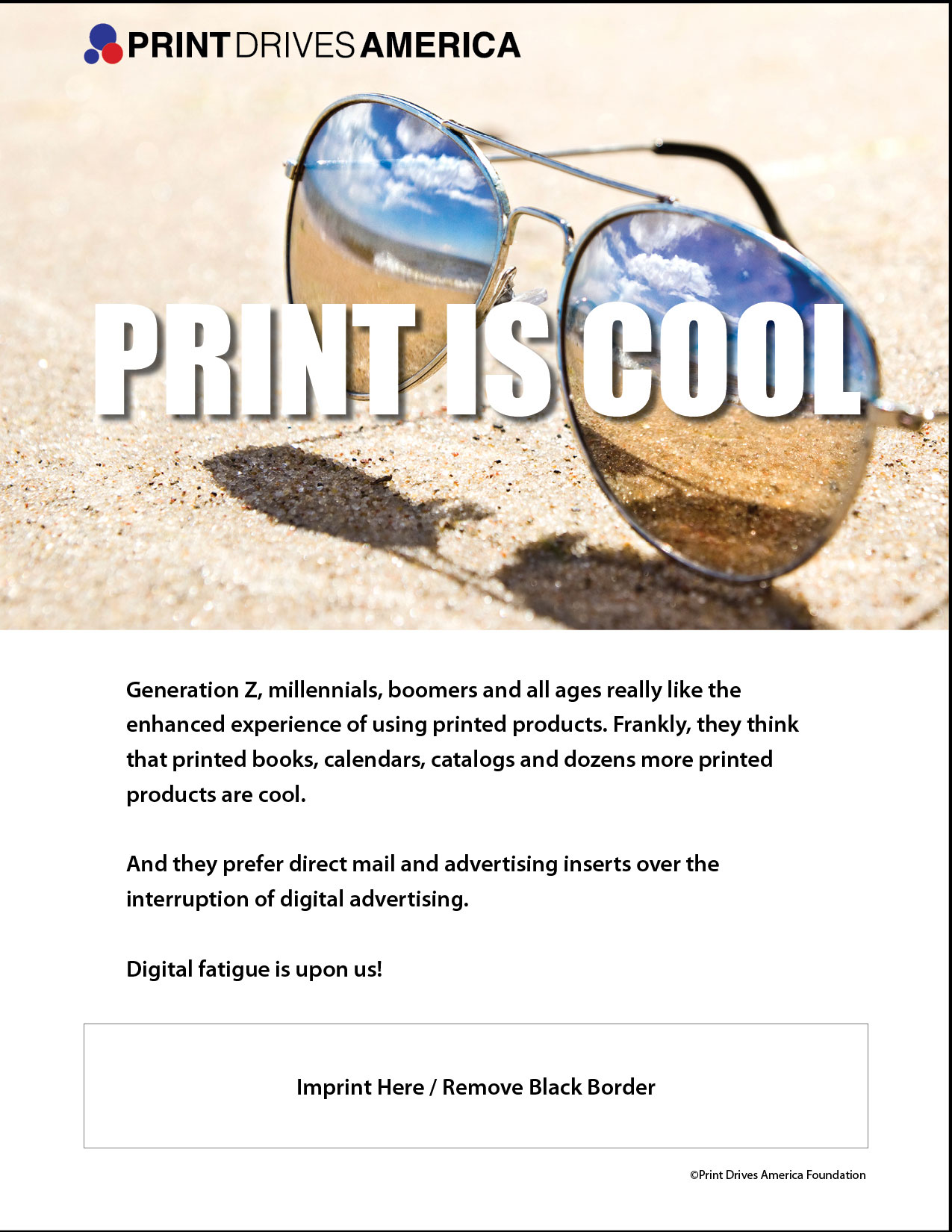There has been no ‘magic’ number set by marketing researchers for how many times a consumer needs to be touched by your message before they respond — some say three, some seven and some even believe a message doesn’t really sink in until the twentieth message has been seen.
Cross media marketing ensures your message is seen by your target audience multiple times through multiple media outlets — from print to online to mobile messaging — cross media marketing ensures your message is not only seen, but also engages your core audience and ultimately instigates a response from your target market.
Our first tip to successful cross media marketing is to Know Your Audience.
What do you really know about your target customers — how do they prefer to be communicated with, what are their past purchasing habits or even their demographics? Through database management, you’re able to sort, segment and analyze portions of your target market that will most likely respond to particular messages. Once you have segmented your target audience you can then begin to create relevant messages and choose which media outlets are most appropriate to reach your audience.
The next tip is to simply organize and plan a campaign.
Once you’ve identified your audience and have a good idea on what type of message you’re going to send, the next step is deciding on the channels of communication you’re going to use to reach your audience. By using a series cross media marketing tactic you will send different marketing messages through multiple channels (such as email, print, social or mobile) to the same individual in succession, ensuring that you’re reaching your core audience with more than one consumer touch point.
Finally, capture the data once your target audience responds.
Marketing your business is a continuous cycle, it’s not just a one time action. It essential to continually build your customer relationships through your marketing campaigns and continue to ask for a call-to-action that enables you to capture the responses and feedback from your target market. Using this data you can build your database of customers, manage and target future marketing campaigns better and measure your marketing ROI.




